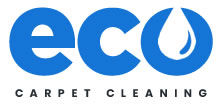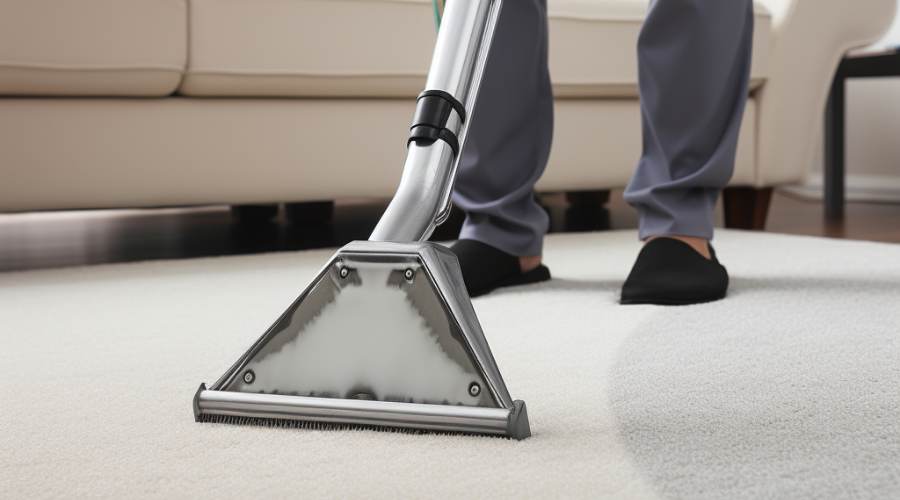Which Carpet Cleaning Method is Best?
The 5 Best Carpet Cleaning Methods: Which One is Right For You?
So your carpet is looking a little worse for wear these days. Between daily foot traffic, spills, pets, kids, and house guests, your floors have seen better days.
You’ve tried vacuuming regularly but it’s just not cutting it anymore. Those stains linger, smells seem trapped in the fibers, and you can’t remember the last time your carpet actually looked or felt clean.
It’s time to call a professional cleaner! But before hiring a carpet cleaning company, you probably want to understand the different methods they use.
With so many options like steam cleaning, dry cleaning, shampooing and more, how do you know which carpet cleaning method is right for your home and your needs?
This guide will walk you through the top 5 carpet cleaning methods so you can feel informed when choosing the best approach for your floors.
Hot Water Extraction Reigns Supreme for Deep Cleaning
Also known as carpet steam cleaning, this method is the clear winner when you want truly deep and thorough cleaning.
Here’s how it works:
- Extremely hot water (often over 200 degrees Fahrenheit!) is injected deep into the carpet fibres under high pressure. This hot water essentially liquefies grease and dirt in your carpet.
- Next, powerful equipment immediately extracts the dirty water, grease and filth back out.
- This combination of hot water and suction provides cleaning like no other method.
The pros? Steam cleaner removes up to 85% of bacteria in carpets and is highly effective at removing allergens, dust mites, grease, and embedded grime.
It’s safe for kids and pets too since most professional cleanings today use non-toxic, eco-friendly solutions.
Many carpet manufacturers actually recommend hot water extraction as the best cleaning method because it thoroughly cleans without damaging fibers.
The only downsides are that it can take 4-6 hours for your carpets to fully dry, and improperly done, excess moisture could enable mold growth.
But if you hire competent professionals using truck-mounted extraction units, they can get type of carpet dry in under an hour in most cases.
Bottom line: If you want your carpets deeply and hygienically clean, hot water extraction is hands-down the #1 method.
Dry Cleaning: Quick and Chemical-Free
If you need your carpets cleaned in a jiffy and with minimal fuss, dry carpet cleaning may be the solution.
Here’s the process:
- A cleaning compound comprised of detergents, solvents, and absorbents is spread over your carpet types. This compound may come in powder or liquid form.
- The compound then attaches to dirt and oils trapped in the carpet fibres almost like a magnet.
- Finally, the compound is vacuumed up along with the debris it has bonded to after about 30 minutes.
This leaves you with clean carpets, fast!
The benefits include:
- It’s very fast, your carpets are walkable within an hour typically.
- There’s little to no moisture used, making it safe for all surfaces.
- It won’t leave residues or cause carpets to re-soil quickly.
- The compounds used are non-toxic and safe for kids and pets.
The downsides? It does not provide the same level of intensive cleaning that hot water extraction does. It’s better for cleaning and periodic maintenance.
For best results, rotate dry cleaning with the occasional wet carpet cleaning for a thorough refresh.
This is ideal when you need a quick turnaround time and minimal drying.
Bonnet Cleaning for Surface Maintenance
Looking for a super quick surface clean? Then bonnet cleaning is your go-to.
Here is how it works:
- A cotton bonnet pad is attached to a rotary floor buffer machine. The bonnet pad is dampened with a solution.
- The rotating bonnet buffs the top layer of the carpet, absorbing dirt and grime into the pad.
- Once saturated, the bonnet pad is swapped out for a fresh one.
- Rinsing is not necessary since detergent residue is minimal.
This method literally scrubs the top surface of your carpet clean very rapidly.
The upsides include:
- Extremely fasts – you can clean each room in less than 15 minutes!
- It uses very little wetness so carpets dry quickly.
- This method is inexpensive compared to other carpet cleaning options.
Just keep in mind it only cleans the top surface. For a deeper clean, you’ll need another method like hot water extraction.
When you just need a fast surface clean, choose bonnet cleaning.
Encapsulation – Green Cleaning Solution
This has become popular thanks to its eco-friendly process along with its quick cleaning and drying time.
It works using a two-step process:
- First, a liquid solution is applied that dries into crystallized powder. As it dries, the crystals encapsulate dirt and dust from the carpet fibers essentially trapping it.
- Next, the residue is vacuumed away along with the trapped dirt inside.
What are the advantages?
- It uses very minimal moistness so there’s little drying time needed.
- The special cleaning agents used are non-toxic and biodegradable.
- It leaves very minimal chemical residue compared to methods like shampooing.
- It’s fast and inexpensive.
The tradeoff is it only cleans carpet surfaces, so occasionally you’ll still need a deep clean using hot water extraction.
Think of this method as your regular maintenance clean, and use wet cleaning annually or bi-annually for a more thorough refresh.
Encapsulation cleaning is the best eco-friendly cleaning solvent.
Shampooing – Effective Stain Buster
Carpet shampooing is one of the older cleaning methods but still gets used today, especially for tough stain removal.
Here is the basic process:
- A foamy chemical shampoo is worked into the carpet using a motorized circular brush. This lather lifts dirt from fibers.
- The residue is then vacuumed away once dried, along with dirt that was released.
- It may take 2-3 rounds of shampooing and vacuuming to fully clean the carpet.
The pros of carpet shampooing:
- The shampoos contain detergents and degreasers that dissolve grease, and grime that hoovering misses.
- It can lift away stubborn stains that other methods can’t tackle.
- It makes carpets look visibly cleaner and brighter.
The potential cons to look out for:
- Counter rotating brush machines can damage delicate carpet fibers and cause excess wear over time.
- Chemical residue can be left behind leading to rapid re-soiling.
- Excess liquid risks mold growth.
When you need an intensive stain-fighting solution, carpet shampooing does the trick.
Which Carpet Cleaning Method is Right for You?
Now that you’re a pro on the most common carpet cleaning methods, how do you decide which is right for your home?
Here are a few key factors to consider:
- Traffic and Usage – High-traffic areas like stairs and hallways may benefit from frequent surface cleaning using encapsulation or dry powder cleaning. Low traffic areas only need cleaning every 6-12 months.
- Moisture Concerns – Homes prone to flooding or with high humidity should avoid methods involving excess moisture. Stick to dry or encapsulation cleaning instead.
- Allergies – Steam cleaning is unparalleled for removing allergens and irritants. Encapsulation is a decent green alternative.
- Pet Owners – Pets can imbed dander and urine deep in carpet fibers over time. Hot steam extraction offers the deepest clean possible.
- Small Children – Ensure any cleaning compounds used are non-toxic and residue-free so kids aren’t exposed to harsh chemicals.
- Fiber Type – Check the carpet manufacturer’s guidelines. Some fibers like wool or jute can only be surface cleaned.
The Bottom Line
While hot water extraction method is ideal for deep cleaning most carpets, mixing in surface maintenance cleans can maximize results and extend time between cleanings. A cleaning pro can help you develop the optimal schedule.
With the right method of cleaning tailored to your home and lifestyle, your carpets will stay fresh, clean and healthy for years to come!


